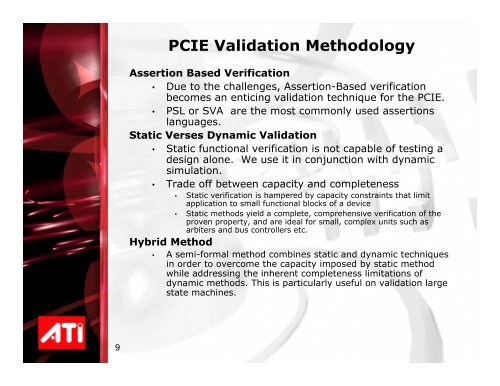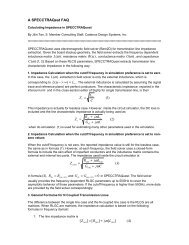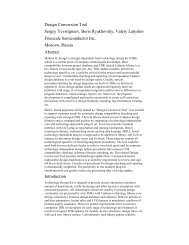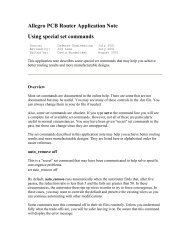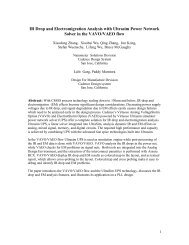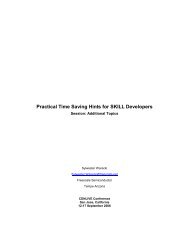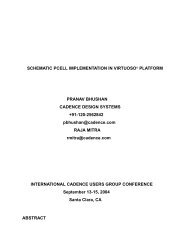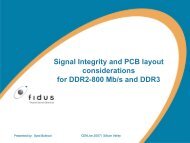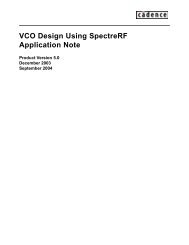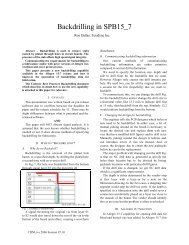PCIE Validation Methodology
PCIE Validation Methodology
PCIE Validation Methodology
Create successful ePaper yourself
Turn your PDF publications into a flip-book with our unique Google optimized e-Paper software.
<strong>PCIE</strong> <strong>Validation</strong> <strong>Methodology</strong><br />
Assertion Based Verification<br />
• Due to the challenges, Assertion-Based verification<br />
becomes an enticing validation technique for the <strong>PCIE</strong>.<br />
• PSL or SVA are the most commonly used assertions<br />
languages.<br />
Static Verses Dynamic <strong>Validation</strong><br />
• Static functional verification is not capable of testing a<br />
design alone. We use it in conjunction with dynamic<br />
simulation.<br />
• Trade off between capacity and completeness<br />
• Static verification is hampered by capacity constraints that limit<br />
application to small functional blocks of a device<br />
• Static methods yield a complete, comprehensive verification of the<br />
proven property, and are ideal for small, complex units such as<br />
arbiters and bus controllers etc.<br />
Hybrid Method<br />
• A semi-formal method combines static and dynamic techniques<br />
in order to overcome the capacity imposed by static method<br />
while addressing the inherent completeness limitations of<br />
dynamic methods. This is particularly useful on validation large<br />
state machines.<br />
9


